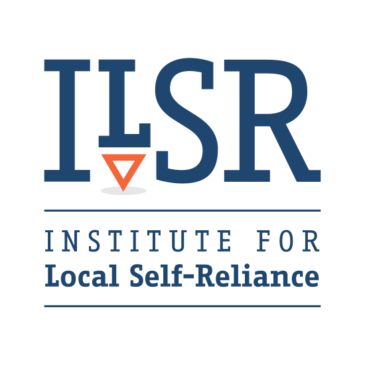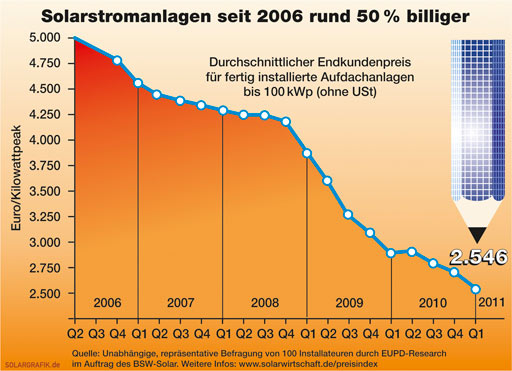Boulder Colorado Charts Course for Energy Self-Reliance
When is it time to break up with your utility? Perhaps it’s when they come to ratepayers for $30 million in cost overruns on a “free” smart grid project. Or when they fail to meet deadlines to propose a new franchise agreement. Or when they cite national security in an effort to avoid sharing load information. Or when they crash your office with 9 employees to present their delayed franchise plan. Or perhaps when the propose raising rates again to keep up with rising fossil fuel prices.
The citizens of Boulder, CO, have put up with a lot from Xcel Energy, the investor-owned utility that spans several states and currently provides the city’s mostly-coal-powered electricity. So it was energizing to be invited to Boulder by Clean Energy Action last week to share how the city could move forward. (my presentation below)
The city’s saga began in 2003, when it first began studying the option of municipalizing their electricity system, to have more control over the grid and increase clean energy production. The city dropped the plan in 2007 when Xcel offered to build a free smart grid network, called SmartGridCity, a program that deployed advanced meters and fiber optic cables to improve information flow on the local electricity grid. However, with a dubious cost-benefit ratio from the Xcel program and a desire for more clean energy, the city leaders are once again considering their options.
In 2010, the city of Boulder chose not to renew its franchise agreement with Xcel, essentially a monopoly charter that gives Xcel the exclusive right to serve Boulder’s customers for an annual fee. The citizens of Boulder voted to tax themselves to replace those funds for five years, giving the city time to evaluate alternatives. They’re taking it seriously.
For one, their current electricity costs keep going up, according to Anne Butterfield of the Boulder Daily Camera:
In Colorado, plunging costs for renewables are furled against the steady upward march of fossil fuels. In March, Xcel filed for an 18 percent increase in the “electric commodity adjustment” (the ECA on your bill) which allows fuel costs to get passed through to customers. This hike would increase a typical monthly bill by about $3 — with a resultant boost to the RESA of only six pennies. Every buck paid to fossils on Xcel’s system leads to two pennies sent to cost-saving renewables.
For another, they’ve already learned about options to dramatically increase the portion of electricity from renewables. At a Clean Energy Slam, one company proposed providing 50% of Boulder’s energy from renewables by 2014, up to 80% by 2025. Their planning process has also revealed new ways of thinking about the grid. Freed from the paradigm of big, centralized baseload coal power plants, they’re looking at electricity from the “top down.” They start with a load curve, throw in renewables and storage, and then see what gaps need filling, a process that prioritizes renewable energy instead of trying to shoehorn wind and solar into the gaps where fossil fuels fall short.
City officials aren’t just interested in clean, reliable electricity. They also want to learn more about the potential for generating electricity locally. While any new energy generator can add jobs and grow the economy, locally owned renewable energy creates job and economic multipliers.
Local activists are also strongly committed to changing the status quo. They’re not only looking for ways to green the local electric grid, but for ways for citizens and businesses to finance significant energy efficiency improvements as well as distributed renewable energy generation.
Boulder may end up joining the 2,000 existing municipal utilities in the United States and chart their own energy future or perhaps Xcel will finally bring them an attractive offer. But by taking the issue into their own hands, Boulder will definitely do better than before.




 By a vote of 13 to 8, the Nevada Senate earlier this week approved a
By a vote of 13 to 8, the Nevada Senate earlier this week approved a 


 The upfront cost has always been the biggest barrier to solar PV adoption, and one Oregon town has found an innovative way to help its citizens buy down that cost.
The upfront cost has always been the biggest barrier to solar PV adoption, and one Oregon town has found an innovative way to help its citizens buy down that cost. A great story of a city looking to – literally – take ownership of its energy future:
A great story of a city looking to – literally – take ownership of its energy future: